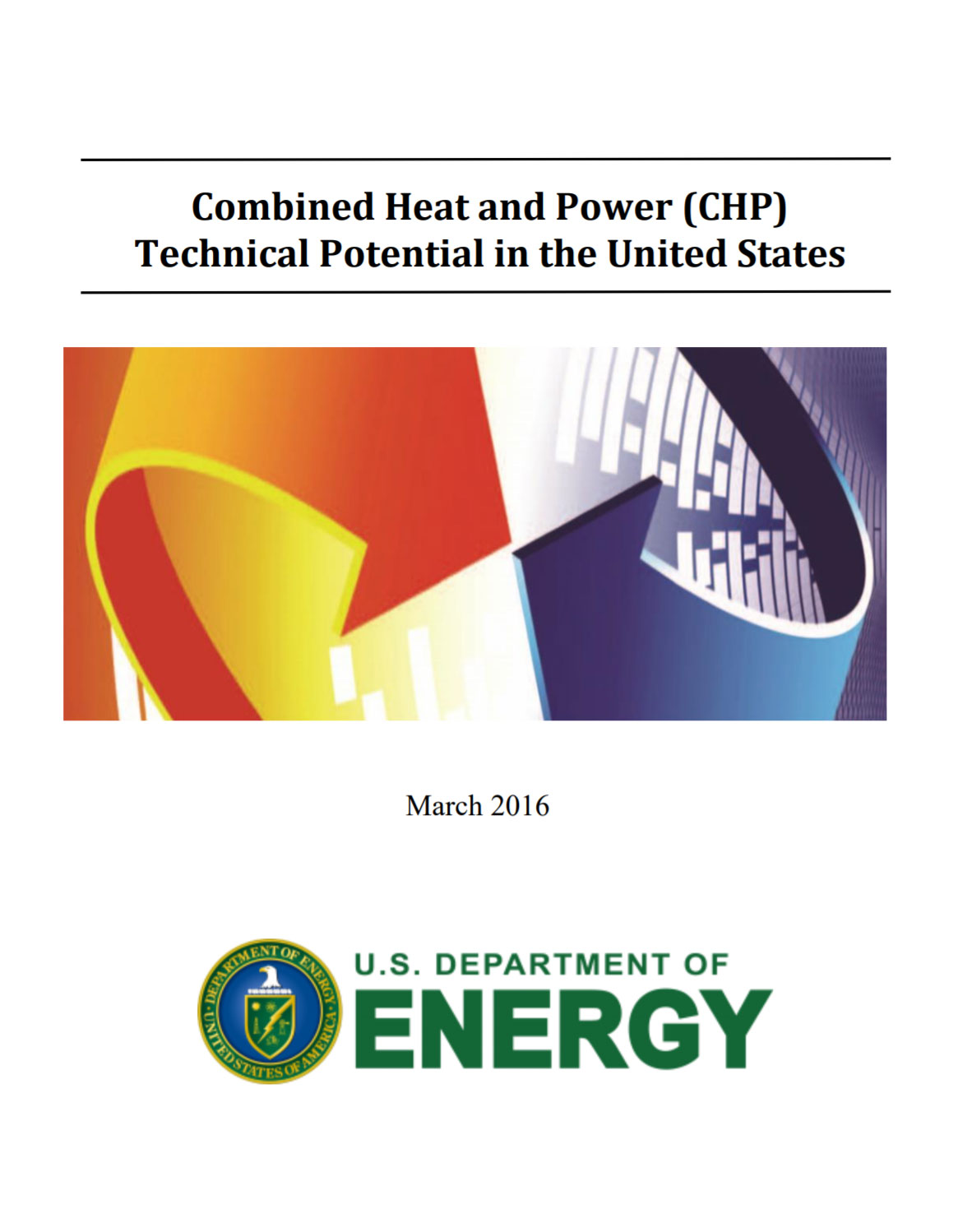This study considers both traditional “topping cycle” CHP and “bottoming cycle” or waste heat to power CHP (WHP CHP). Topping cycle CHP systems are the most common CHP systems currently in use. In a topping cycle system, fuel is first combusted to generate electricity.
A portion of the heat left over from the electricity generation process is then converted into useful thermal energy (e.g. heating, hot water, or steam for industrial processes). A bottoming-cycle CHP system, which will be referred to as WHP CHP in this report, uses the reverse process. Fuel is first combusted to provide thermal input to industrial process equipment like a kiln or furnace, and the heat rejected from the process is then captured and used for power production.
The study discusses the typical industrial facilities and commercial buildings that support “topping cycle” CHP, “bottoming cycle” or waste heat to power CHP (WHP CHP), and district energy CHP. The goal of the report is to provide data on the technical potential for CHP in sufficient detail for stakeholders to consider combined heat and power in strategic energy planning and energy efficiency program design. Data are provided nationally by CHP system size range, facility type, and location. Each state’s technical potential is also delineated by these characteristics.
Combined Heat and Power (CHP) Technical Potential in the United States


